Vintages - Signature European Wines
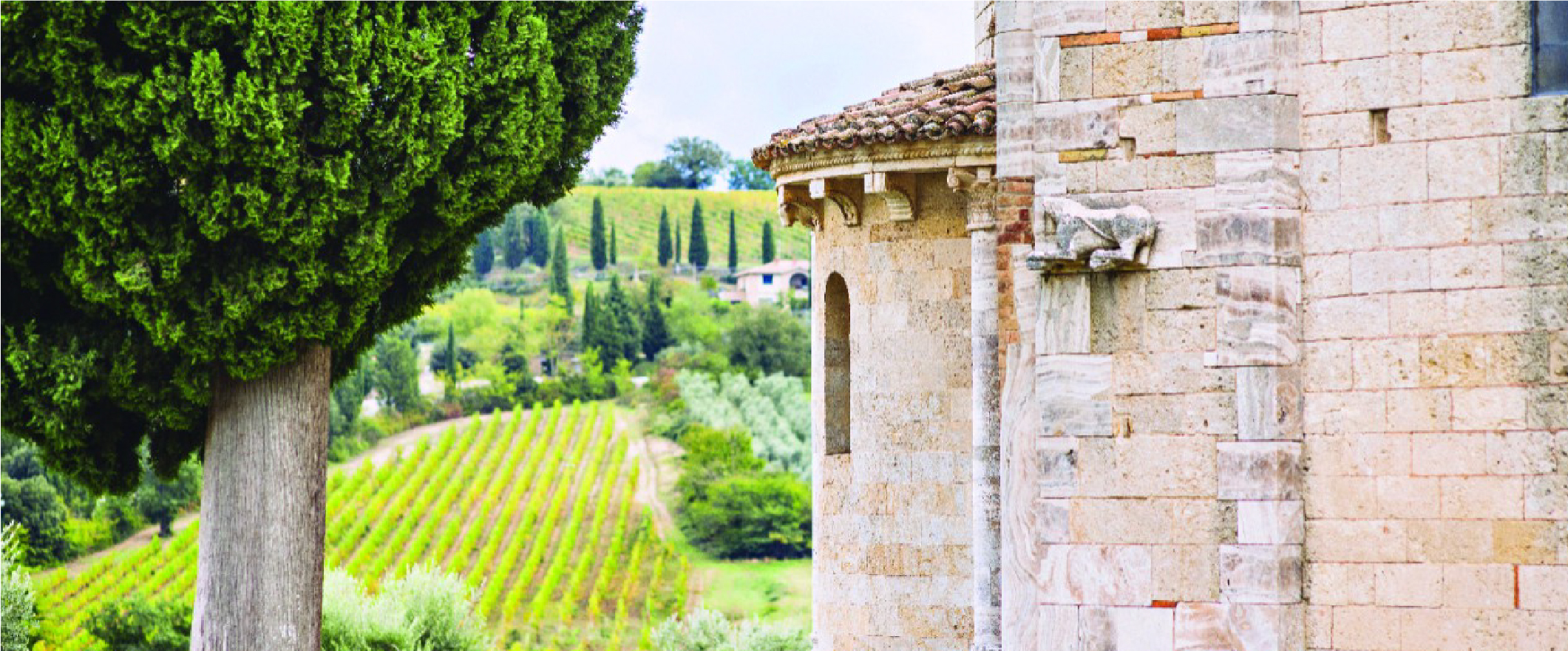
Feature Story
Meet eight must-know grapes and styles that have helped define some of the wine world’s most venerated regions.
Today, plenty of the world’s wine regions have signature wines, but it’s in the classic wines of Europe that the concept first took shape. Developed and perfected over the centuries, the signature wines of Europe’s oenological epicentres not only define their home regions, they’ve also become prototypes for other regions across the world looking to find their own unique vinous voices. Here’s a handful of Europe’s most beloved signature wines to broaden your horizons (or refresh your memory).
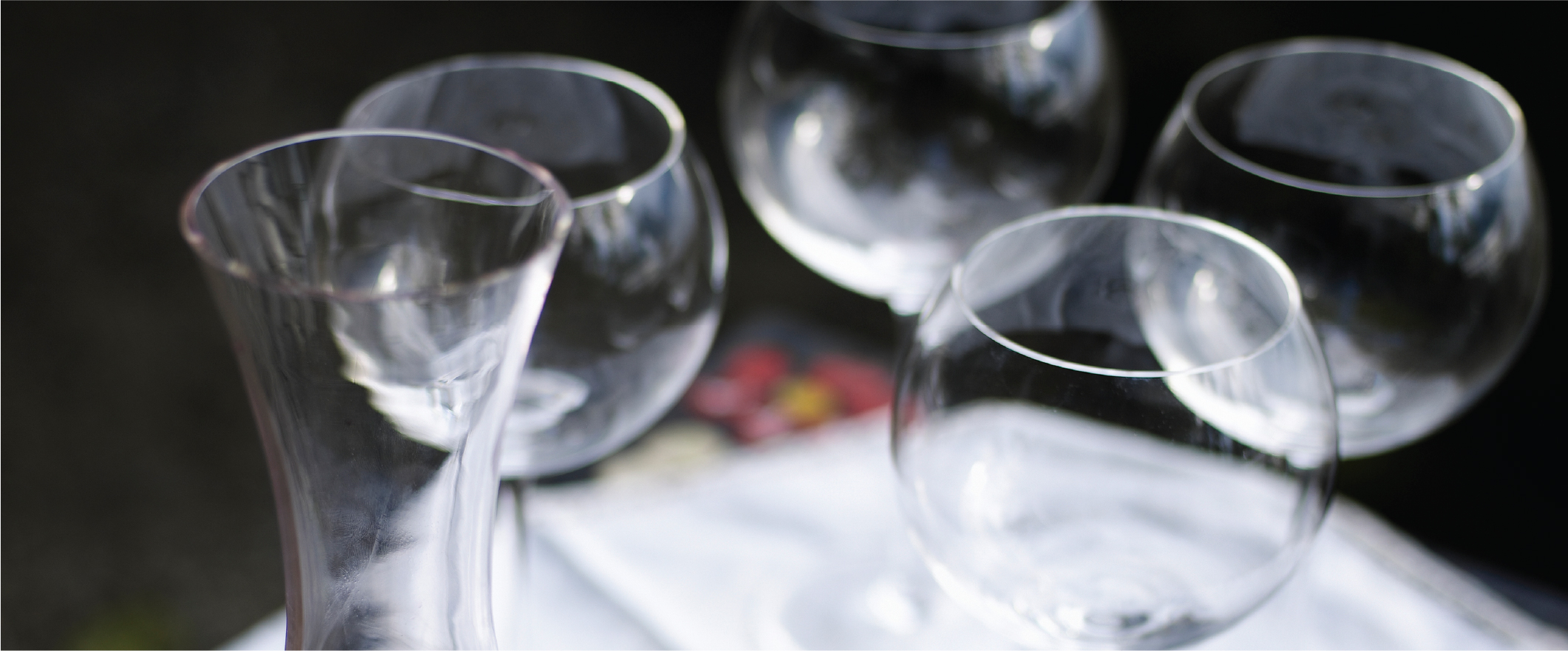
What’s a signature?
A signature wine is one that a particular place does best and for which it is famous. Plenty of factors can shape the evolution of a signature, from the climate to indigenous grape varieties to the innovations and traditions of the local winemakers. Whatever the combination of factors, a signature provides a great starting point when first exploring a region’s wines and a great rendezvous point thereafter.
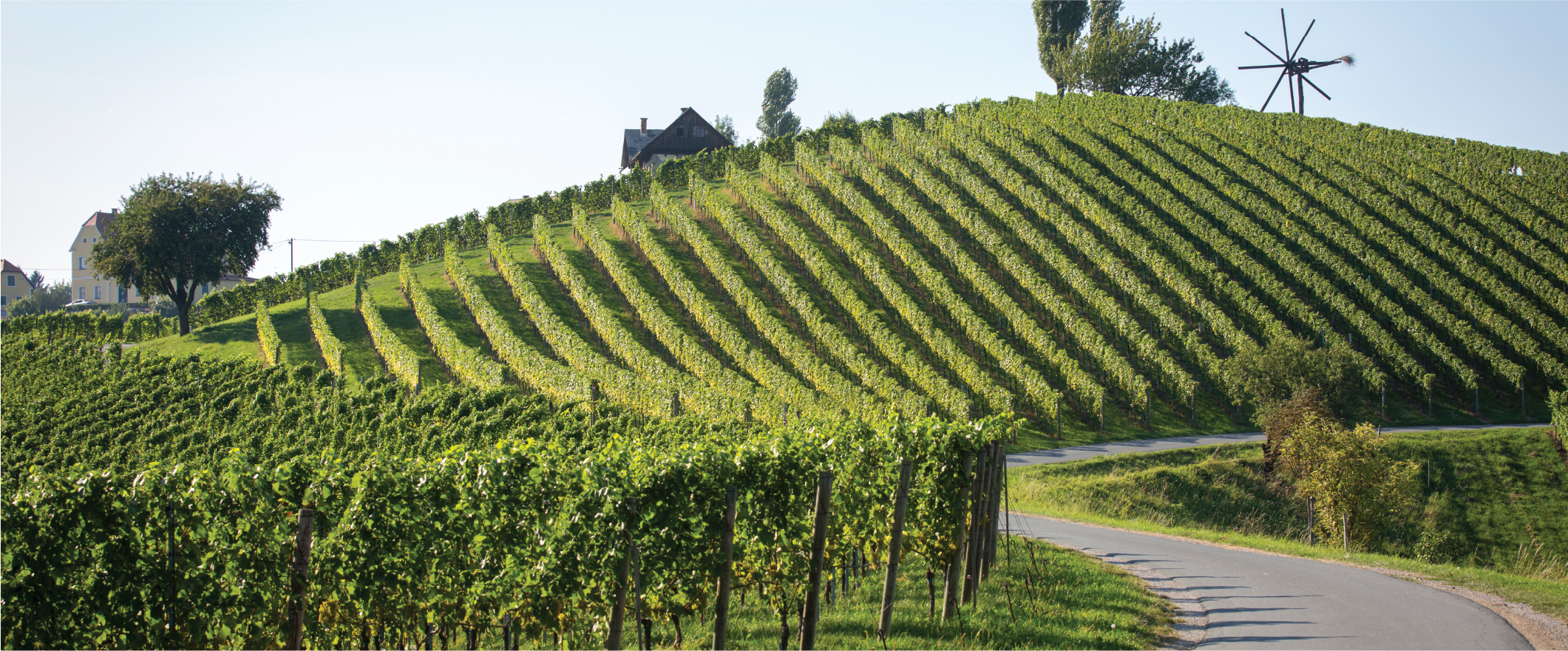
Austrian Grüner Veltliner
Did you know?
Grüner Veltliner (GROO-ner velt-LEE-ner) is by far the most widely planted grape variety in Austria, accounting for nearly a third of all plantings.
Spot on
Many of the finest expressions come from the vineyards of Kamptal, Kremstal and Wachau. All of these are cool, dry, rocky regions situated in Austria’s northwest and criss-crossed by rivers.
In the glass
Vivaciously aromatic and mouth-wateringly crisp, Austrian Grüner often evokes tangy citrus, gooseberry, green veggies and spicy white pepper. Depending on the vineyard of origin, the wines can also convey a striking minerality. The best examples can age gracefully for years, and sometimes decades.
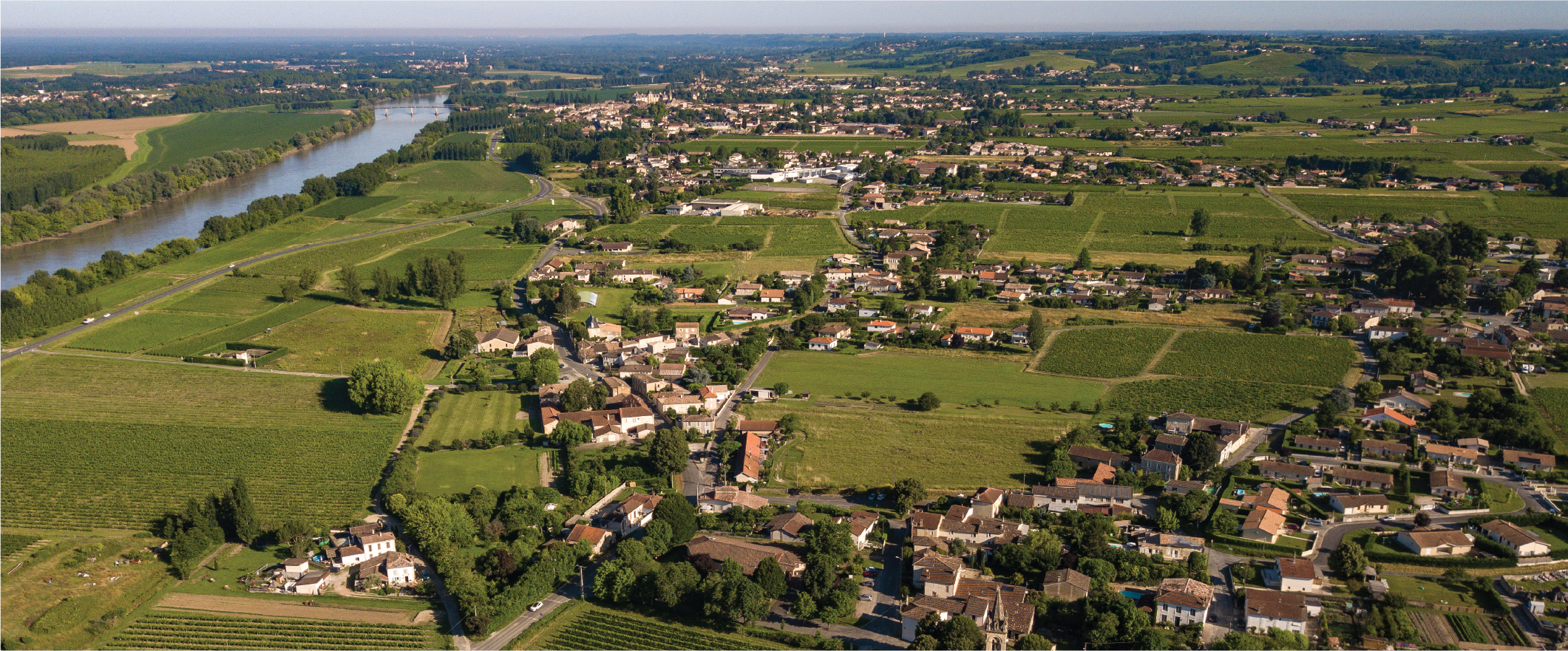
Bordeaux Red Blends
Did you know?
Nearly all of Bordeaux’s finest wines are blends. Bordeaux is where assemblage, i.e., the creation of a blend that’s greater than the sum of its parts, was first regarded as an art form.
Spot on
Bordeaux is situated along the Gironde Estuary and the subsequently branching Dordogne and Garonne Rivers, which split the region into Left Bank (south of the waterways), Right Bank (north) and Entre-Deux-Mers (between), all of which are cool climate. The Left Bank is known for gravelly soils favourable for Cabernet Sauvignon, while the Right Bank and Entre-Deux-Mers have more clay soils suitable for Cabernet Franc and Merlot.
In the glass
Red wines of Bordeaux are made primarily from Cabernet Franc, Cabernet Sauvignon and Merlot, although Petit Verdot, Malbec and Carmenère are also used. The wines are typically oaked, firmly structured and finessed, with the best examples capable of cellaring for decades. Dark plum and blackcurrant notes are often joined by suggestions of cedar and graphite.
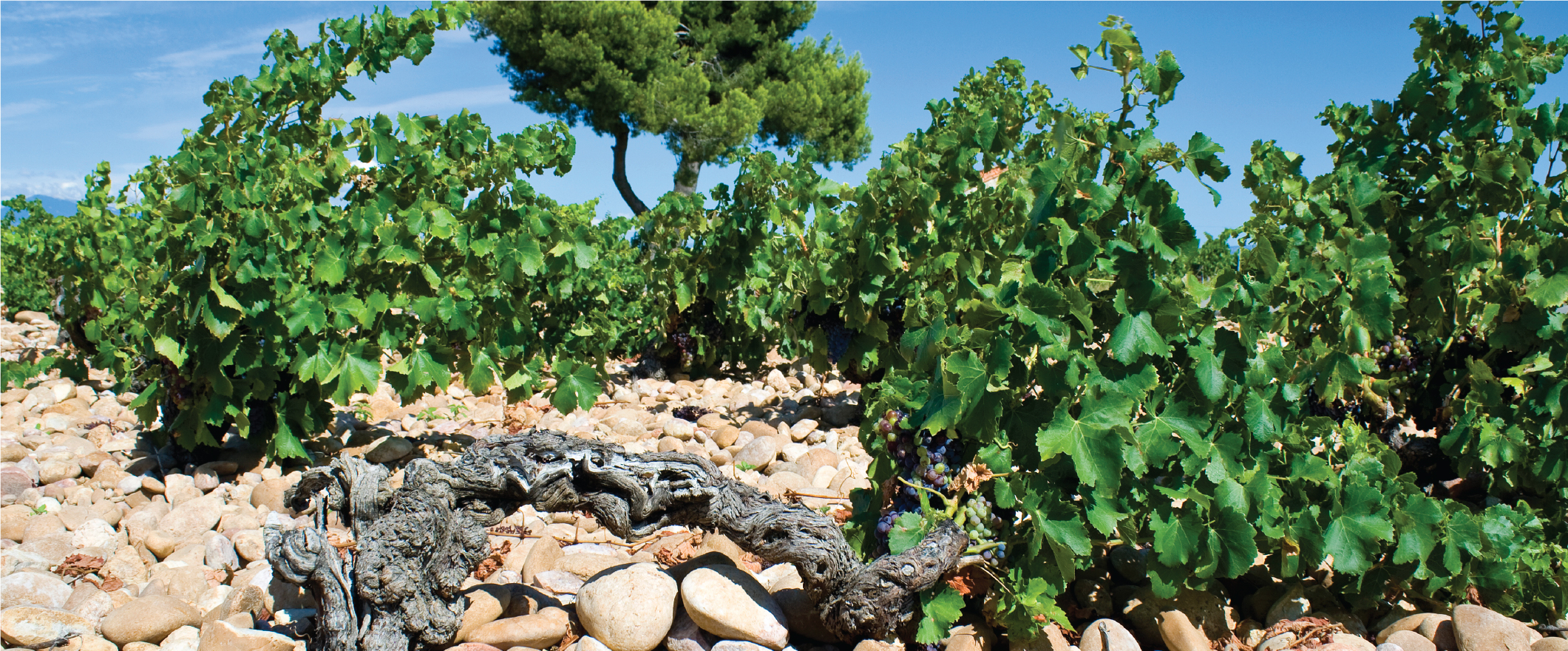
Châteauneuf-du-Pape
Did you know?
The name Châteauneuf-du-Pape means “new castle of the Pope,” which refers to the 14th century when Avignon was chosen as the new home for the Pope’s court.
Spot on
Situated in the Southern Rhône Valley, the Châteauneuf-du-Pape appellation enjoys a Mediterranean climate where grapes consistently fully ripen. The soil is defined by galets (large stones that amplify the sunlight and heat), while the vines are blasted by strong mistral winds that serve as natural pest deterrents.
In the glass
Red wines of Châteauneuf-du-Pape are typically made from Grenache, Mourvèdre and Syrah, with Cinsault and a slew of other grape varieties also permitted. The wines are big, bold and powerful, with plenty of blackberry, raspberry, blueberry, fig and plum fruit joined by spicy black pepper, licorice, espresso and herbs. The best examples can age for a decade or two, and sometimes more.
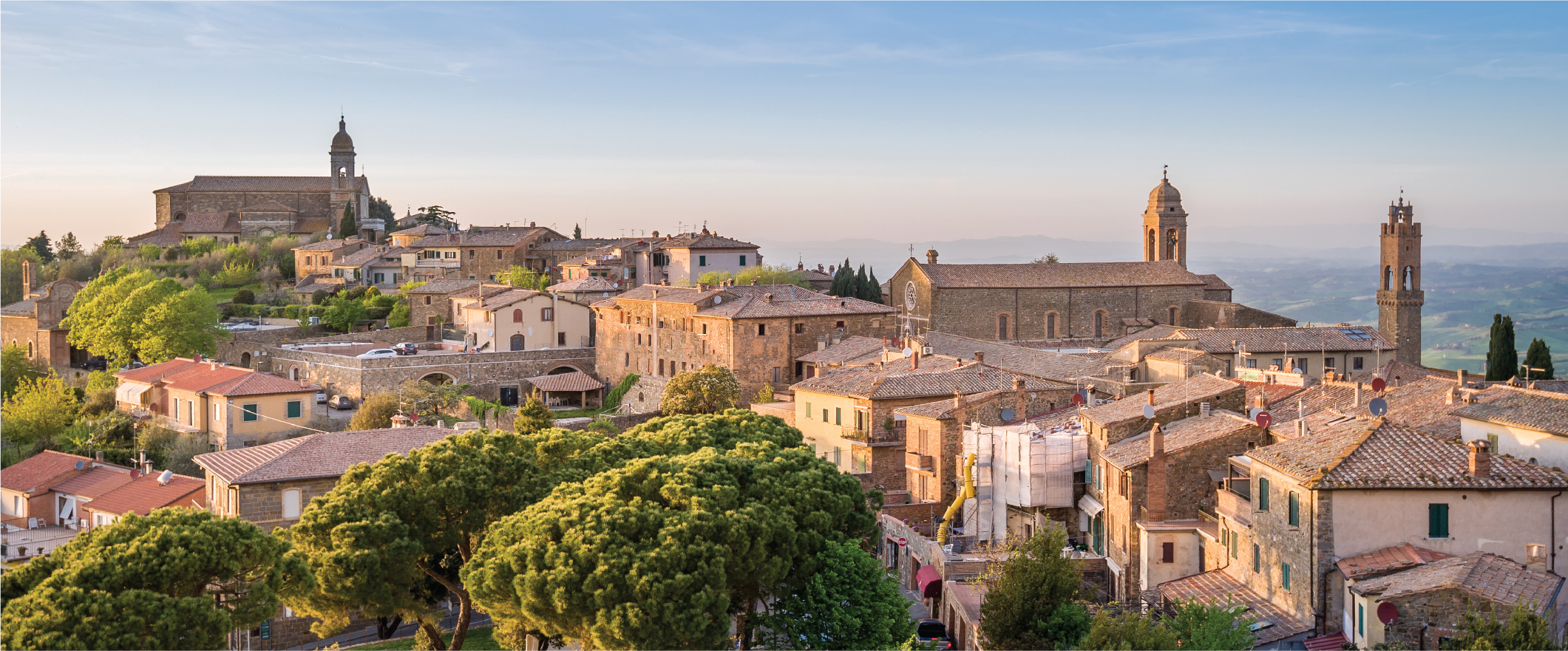
Tuscan Sangiovese
Did you know?
Brunello and Chianti are both made from the Sangiovese grape variety; a fact confirmed by controlled experiments carried out by the province of Siena’s Amphelographic Commission in 1879.
Spot on
Tuscany includes a wide range of terroirs from coastline to steep, soaring hillsides. Montalcino, home of Brunello, is situated just southeast of the city of Siena and enjoys a warmer, drier climate than most of Tuscany. Chianti Classico, situated due north of Siena and south of Florence, has a more temperate climate.
In the glass
Whereas Chianti permits other varieties in small amounts, Brunello di Montalcino must be exclusively Sangiovese. Brunello is an intense, boldly structured yet elegant wine that exhibits the cherry, plum, leather and herbal characteristics of Sangiovese, often with smoky oak influence. Chianti Classico typically exhibits similar flavours in a less intense, more delicate framework.
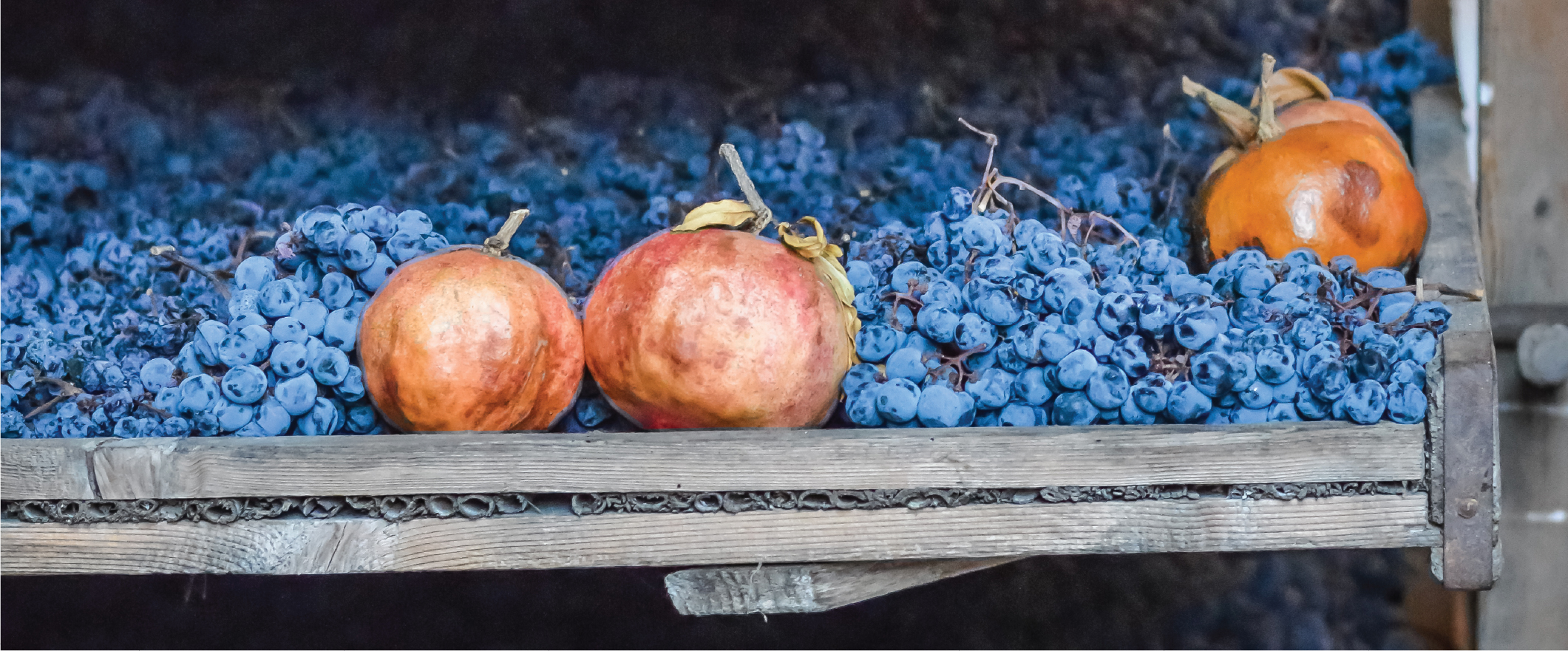
Amarone della Valpolicella
Did you know?
Amarone is technically a subtype of the traditional Venetian Recioto wine style, which employs dried grapes. The distinction is that Recioto is typically sweet, whereas Amarone is dry.
Spot on
The wine is made in the cool-climate Valpolicella region of Veneto in Italy, which ranges from the Lissini Mountains north of Verona down to Veneto’s southern plains. Fruit for Amarone is grown mainly on valley hillsides.
In the glass
Amarone is based on the local Corvina, Corvinone and Rondinella grape varieties, with small amounts of other local and international varieties also permitted. It uses dried grapes to create a dry, rich, powerful wine that evokes dried fruit, dark chocolate, espresso and spices.
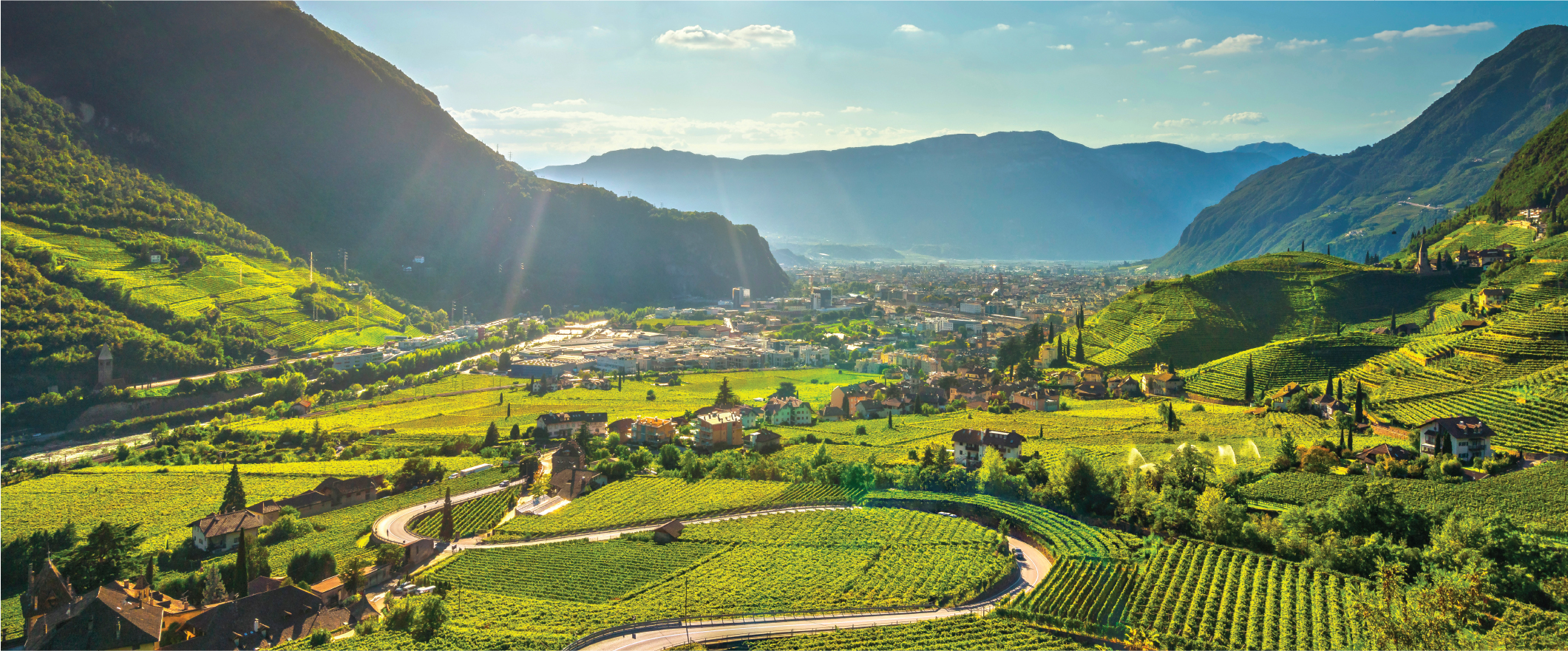
Northern Italian Pinot Grigio
Did you know?
“Pinot Grigio” is the Italian name for Pinot Gris, which is a grape variety commonly used (albeit to achieve a very different wine style) in Alsace, France.
Spot on
In the northernmost reaches of Italy are the sub-alpine regions of Friuli-Venezie Giulia and Trentino-Alto Adige/Südtirol. Grapes are grown at high altitudes in mineral-rich vineyards that are sheltered by the Alps to the north and enjoy abundant summer sunshine.
In the glass
The Italian take on Pinot Grigio typically favours crispness, elegance, and versatility with food. Wines from the north in particular are known for crisp natural acidity and can feature quite distinctive aromas and flavours ranging from citrus and green apple to white peach and nectarine, often with floral notes and mineral aspects adding complexity.
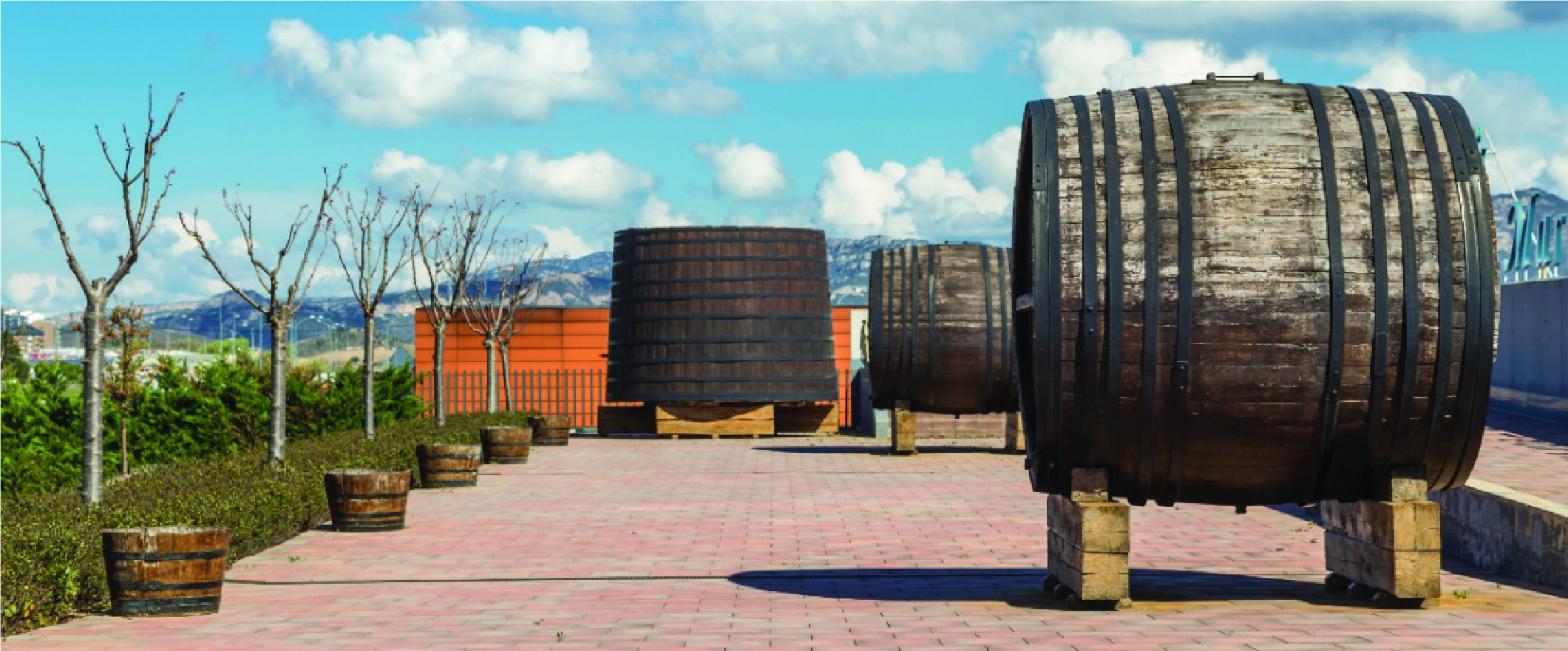
Rioja Reds
Did you know?
Many Rioja reds state how long they were cellared at the winery: Crianza (two years total, one in barrel), Reserva (three years, one in barrel) or Gran Reserva (five years, two in barrel).
Spot on
Situated inland along the Oja River in northern Spain, Rioja enjoys a semi-Mediterranean climate and is sheltered on two sides by mountains. Vineyard sites range from lowland plains to mountain foothills.
In the glass
Rioja reds are typically built around the Tempranillo grape variety, often with Garnacha and others in support. The wines tend to be structured, with flavours of plum, cherry, evergreen and leather along with smoke, vanilla or toasty coconut depending on barrel ageing. Some wines, particularly the finest Reservas and Gran Reservas, can cellar for years or even decades.
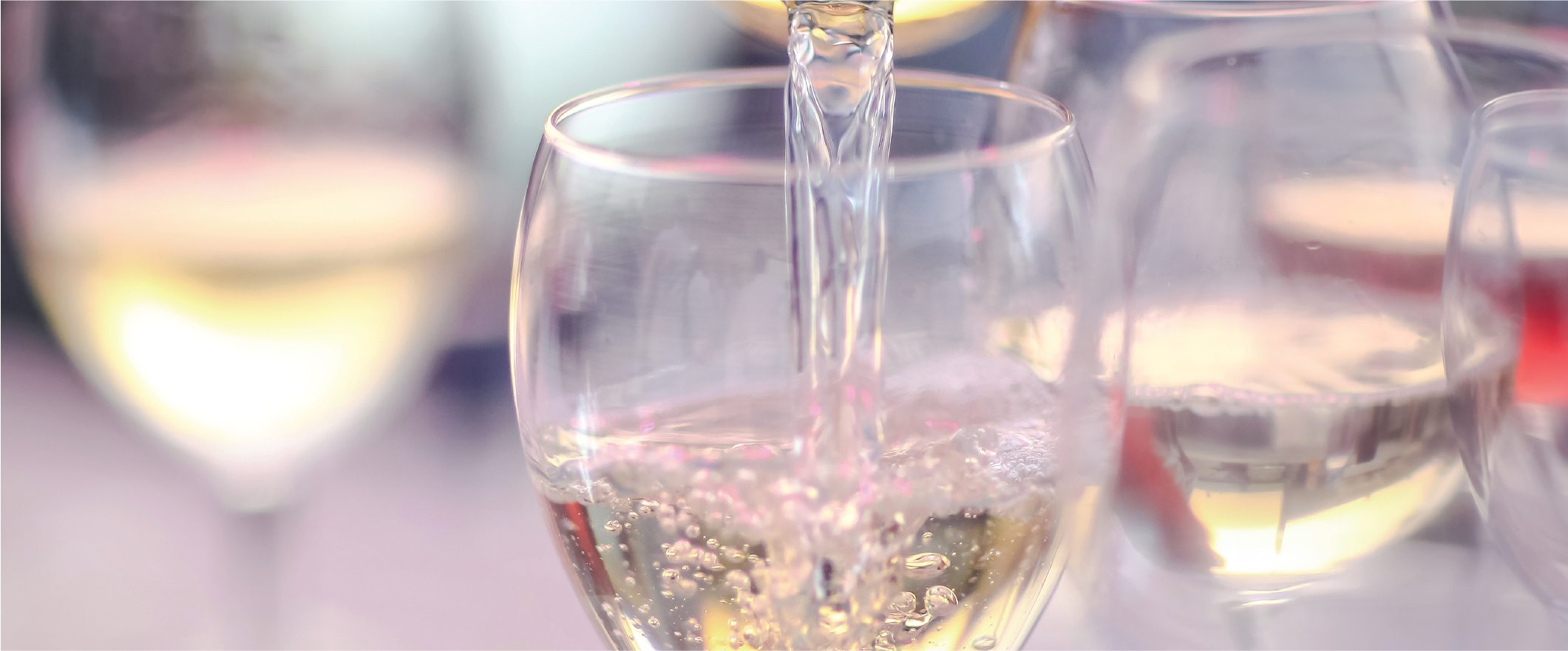
Vinho Verde
Did you know?
“Vinho Verde” literally means “green wine,” but the name doesn’t refer to underripe fruit. Instead, it refers to the wines being bottled early and meant to be enjoyed while youthful (green).
Spot on
Vinho Verde comes from the far north of Portugal, in and around the province of Minho. The region features a mild climate and relatively high rainfall, meaning that early-ripening white wine grapes tend to fare best.
In the glass
Although Vinho Verde can be red, rosé or white, the majority today are white wines based on the Alvarinho or Loureiro grape varieties. The wines emphasize freshness and typically exhibit tangy citrus, apple and floral notes along with bright, crisp acidity.
Get our Latest News!
Be the first to hear about new arrivals, special offers, virtual events and more.
Get to Know Us!
Everything we are in a nutshell.

